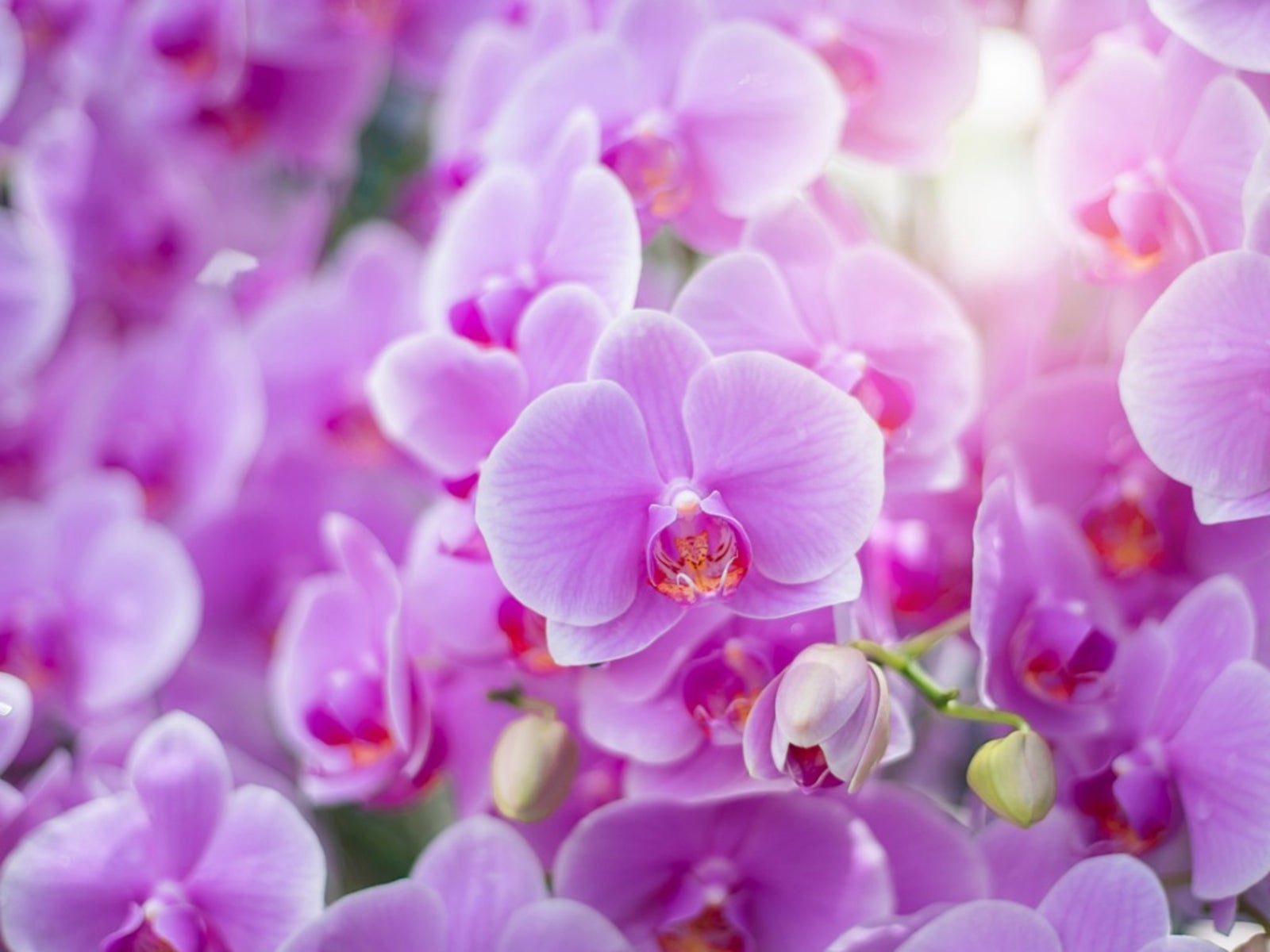Tips For How To Make An Orchid Bloom


Once thought to be a finicky and tricky plant to grow at home, many people are discovering that some types of orchids are, in fact, very easy to grow and care for. While they may be easy to grow and care for, many people still wonder how to make an orchid bloom. After all, if an orchid won't flower, then it is missing the element that makes these plants so desirable. If you are asking, "How to make my orchid bloom," keep reading for some tips.
Basic Orchid Care for How to Make an Orchid Bloom
Light for Getting Orchids to Bloom
For most houseplant orchids, the lack of light is the number one reason that the orchid won't flower. Orchids are deceptive when it comes to light because the leaves of the plant can look healthy and green while, in fact, the orchid plant is getting too little light to truly thrive. If you are trying to make an orchid rebloom, the first thing to try is moving the plant to a brighter location. The best place to put an orchid is in a south- or east-facing window. Also, make sure that the leaves are free of dust and dirt. Even a thin layer of dust can block the light. The same goes for the windows. Frequently clean the windows that provide light to your orchids. When you move your orchid to brighter location, you may notice that the leaves become a lighter green. This is normal. Orchids that are getting enough light will have light or medium green leaves. While all orchids need light, most cannot tolerate direct sunlight. Place them near windows so that they can get as much light as possible, but do not place them in the direct line of the sun rays.
Correct Temperature to Make an Orchid Rebloom
Different kinds of orchids have different temperature needs. In order for an orchid to rebloom, it must be in the correct temperature range for its variety. Most houseplant orchids are either Cattleya, Oncidium, Paphiopedilum and Phalaenopsi. Their temperature requirements are: Cattleya - Cattleya orchids need daytime temperatures of 70-85 F. (21-29 C.) during the day and 55-65 F. (13-18 C.) at night in order to rebloom. Oncidium - Oncidium orchids will rebloom if the temperatures during the day are 80-90 F. (27-32 C.) and the nighttime temperatures are 55-60 F. (13-16 C.). Paphiopedilum - In order to flower, paphiopedilum orchids typically need temperatures of 70-80 F. (21-27 C.) during the day and 50-60 F. (10-16 C.) at night. These kinds of orchids that have variegated leaves will prefer that these temperatures be about 5 degrees warmer. Phalaenopsis - Phalaenopsis orchids prefer temperatures of 70-85 F. (21-29 C.) during the day and 60-70 F. (16-21 C.) at night in order to produce flowers.
Additional Tips for Getting an Orchid to Bloom
While light and temperature are crucial to making an orchid rebloom, also essential is making sure that your orchid gets the appropriate general care for its variety. Humidity, water and fertilizer are all important to general orchid care.
Gardening tips, videos, info and more delivered right to your inbox!
Sign up for the Gardening Know How newsletter today and receive a free copy of our e-book "How to Grow Delicious Tomatoes".

Heather Rhoades founded Gardening Know How in 2007. She holds degrees from Cleveland State University and Northern Kentucky University. She is an avid gardener with a passion for community, and is a recipient of the Master Gardeners of Ohio Lifetime Achievement Award.
-
 4 Superfast Composting Methods: Turn Waste Into Garden Gold In 30 Days Or Less
4 Superfast Composting Methods: Turn Waste Into Garden Gold In 30 Days Or LessTry the fastest composting methods to turbocharge your pile and transform kitchen scraps and garden waste into finished compost in just a few weeks.
By Mary Ellen Ellis
-
 Best Spider Plant Soil – Complete Soil Guide And Expert Tips For Keeping Plants Happy
Best Spider Plant Soil – Complete Soil Guide And Expert Tips For Keeping Plants HappySpider plants are fun and easy plants to grow, but what is the best soil for a spider plant? Selecting the right soil is important so they can thrive.
By Bonnie L. Grant